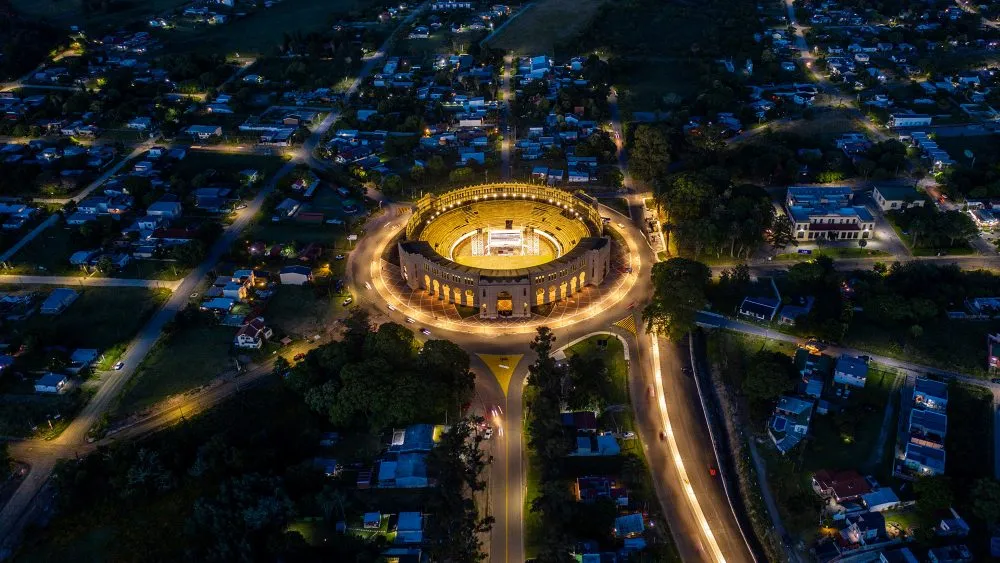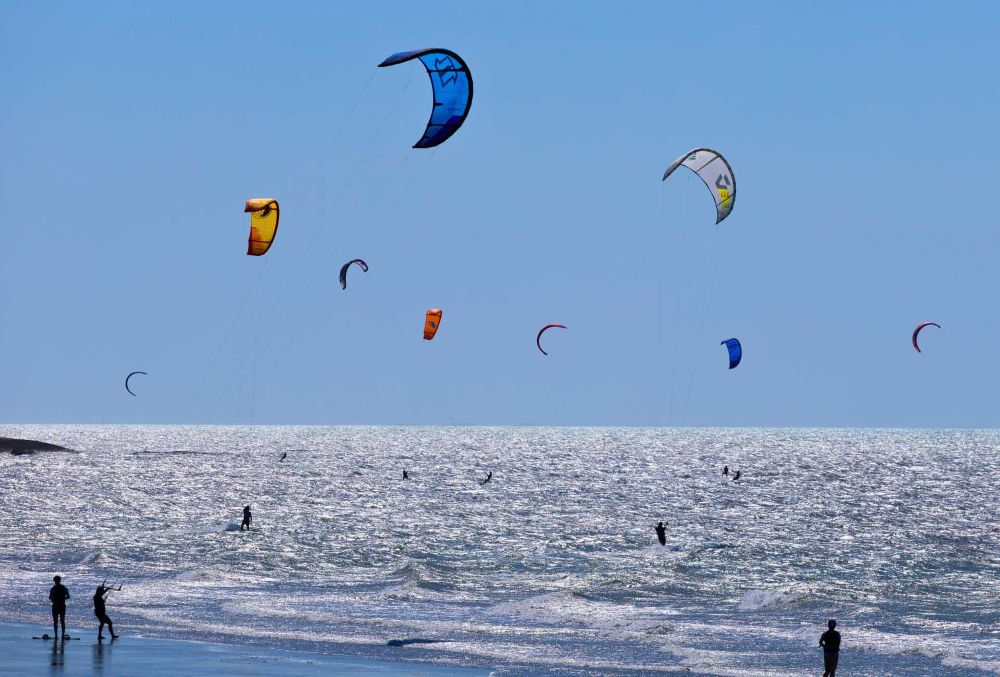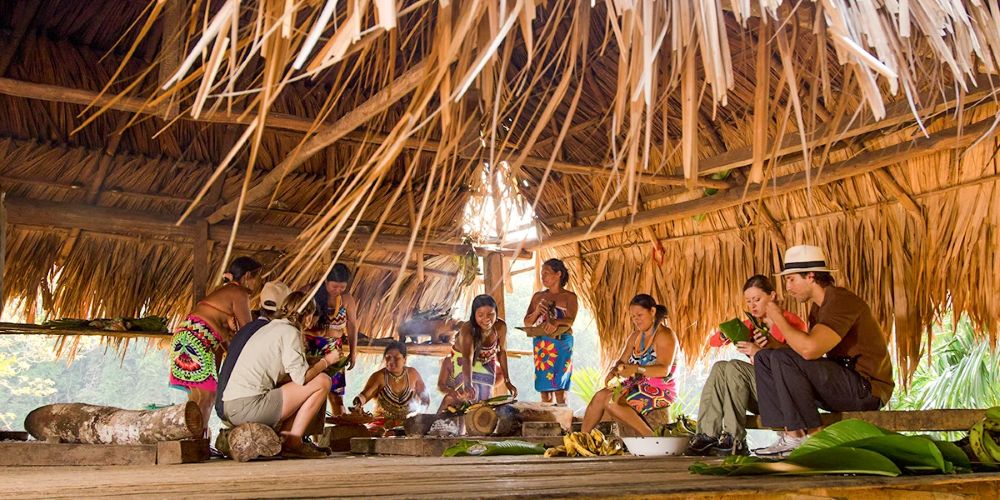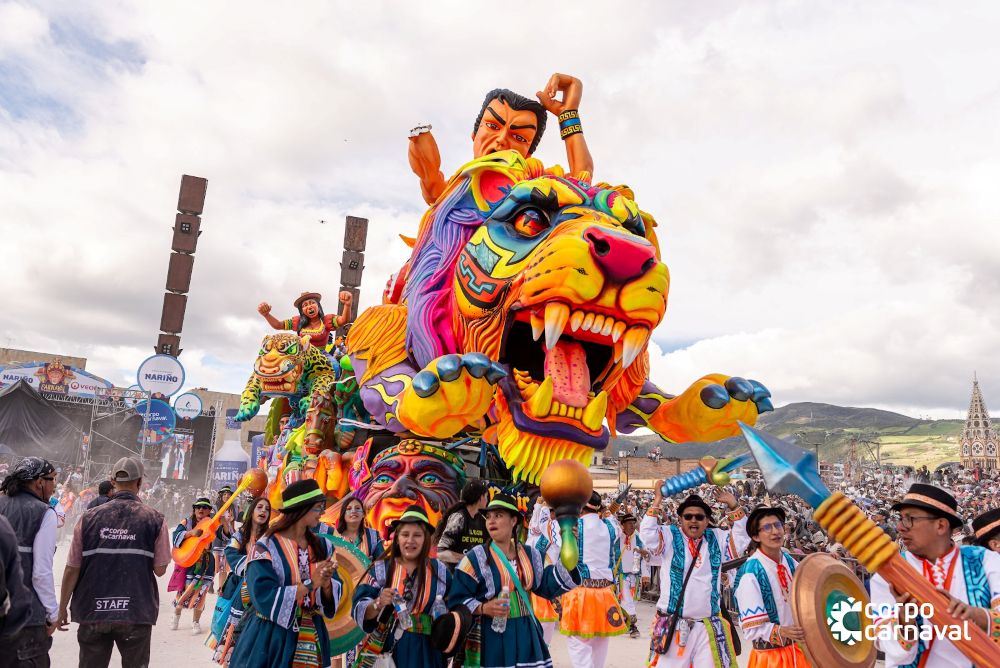Located on the banks of the Río de la Plata, along Uruguay’s southwestern coast, Colonia del Sacramento is a city that, despite its centuries of history, refuses to grow old. Founded by the Portuguese in 1680 to challenge commercial control of the world’s largest estuary, Colonia became the stage for battles, smuggling, and flag changes between empires. Today, this legacy remains intact among cobblestones, ramparts, and alleyways, awaiting a new traveler.
Between ramparts and lanterns
The heart of the city beats in its historic quarter, listed as a UNESCO World Heritage Site since 1995. Just cross the Citadel Gate, with its restored drawbridge, and time seems to vanish. Inside, the streets lose their grid logic, as they were laid out following the natural slope to confuse invaders.
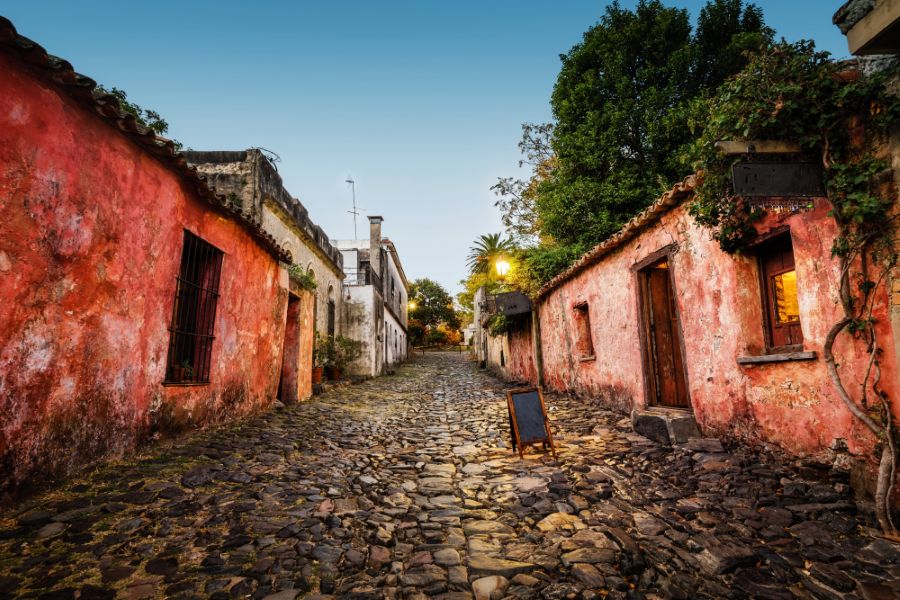
Of all the streets, Calle de los Suspiros (Street of Sighs) is the most photographed. Steep and narrow, lined with low walls and old lanterns, it is steeped in legends: prisoners sighing before execution, sailors in search of taverns, and clandestine lovers. Today, local artists and antique shops occupy these stone façades frozen in another century.
Just steps away, the Colonia lighthouse, built on the ruins of the San Francisco convent, offers one of the city’s most beautiful panoramic views: low houses with tiled roofs, trees rising above whitewashed walls, and in the background, the vast river.
Museums that reveal the invisible
Colonia’s past can also be discovered through a network of museums that form the Museo de Colonia. Although housed in different buildings in the historic center, its nine exhibition spaces function as a single entity. Each site was designed in coordination, offering complementary collections that tell the story of the local heritage. Maps, uniforms, colonial furniture, ceramics, azulejos, and original documents are all gathered here.
Places that expand the postcard
Just 3 km from the center, Ferrando Beach is ideal for summer swimming, kayaking, or simply relaxing while admiring the sunset over the Río de la Plata.
A few minutes away, the imposing Plaza de Toros Real de San Carlos, recently restored, now hosts concerts, guided tours, and cultural activities that complement the walk along the ramparts.
The city is a natural crossroads between countries and routes, perfectly combining with the wine trail. The surrounding area also offers small family-run wineries where Tannat—the emblem of Uruguayan wine—and other New World grape varieties are produced.
Our article: Montevideo: A Cultural Journey to the Heart of Uruguay
From dawn to dusk, Colonia del Sacramento unfolds at a pace out of sync with the world. Here, time is taken to stroll through cobbled streets, galleries, and museums, before escaping to vineyards, beaches, or country roads lined with silence. Everything is within reach, but nothing is rushed.
Photos: D.R | colonia.gub.uy

